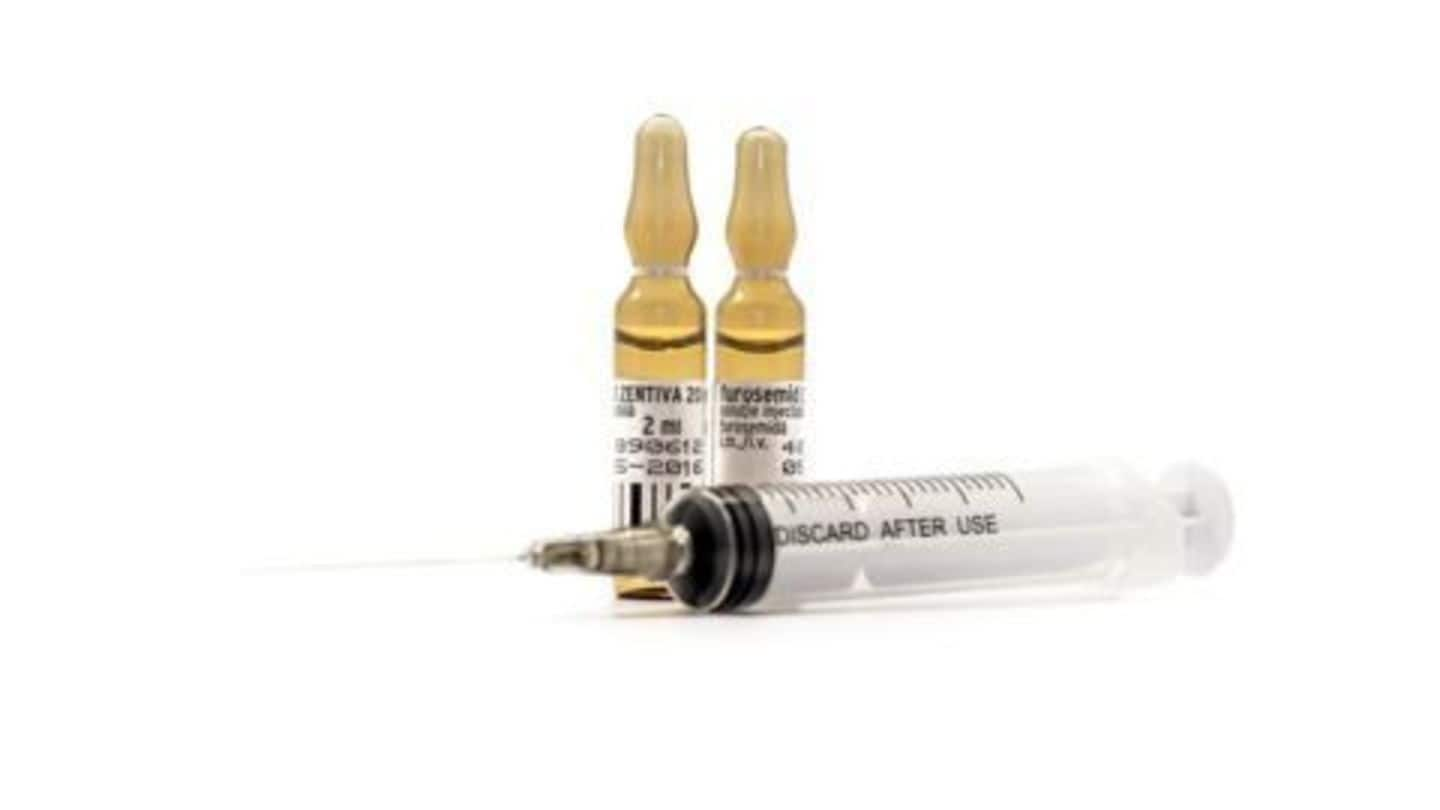
Indian market a transit point for drugs
What's the story
The World Drug Report, which was released on 23rd June, affirmed that India is a transit point for heroine due to it's low market value. India is included in the list of transit countries after Thailand, Malaysia and Philippines with regards to cocaine. China and Israel are the final point of transit for cocaine trafficking, which according to the report, has increased in Asia.
Information
International Day against Drug Abuse and Illicit Trafficking
The United Nations General Assembly decided to observe 26th June every year as an International Day against drug abuse and illegal drug trade to signify it's determination for achieving an international society free of drug abuse.
About
The World Drug Report
The United Nations Office on Drugs and Crime (UNODC) releases the World Drug Report. It is an annual publication which analyses market trends and compiles detailed statistics on drug markets. The first report was published in the year 1997. With the help of data, UNODC presents drug usage as a concern requiring intervention from government agencies across the globe.
23 Jun 2016
The 2016 World Drug Report
The UNODC-released report states that drug prices are usually above-average in high-income countries, making them attractive to international traffickers. Accounting for 70%, Afghanistan is the world's largest opium producer followed by Myanmar which produces 14% of the world's opium According to the report, drugs impact a person's health and sexual behavior. Cocaine-smuggling in Asia is on the rise, according to the report.
Quote
HIV epidemic
According to the report, "India has documented HIV epidemics associated with injecting drug use that have spread to the general population chiefly through heterosexual contact."
Sociological Impacts
Drug use by men affects Indian women
4,000 Indian women who were partners of males who injected drugs were studied by the report. Diagnosable mental health problems, poor decision-making powers and economic dependence characterised these women. 43% of women suffered physical violence by their drug-injecting partner, and 53% faced verbal aggression. These women who are highly jeopardised by domestic violence have a low rate of seeking legal help.